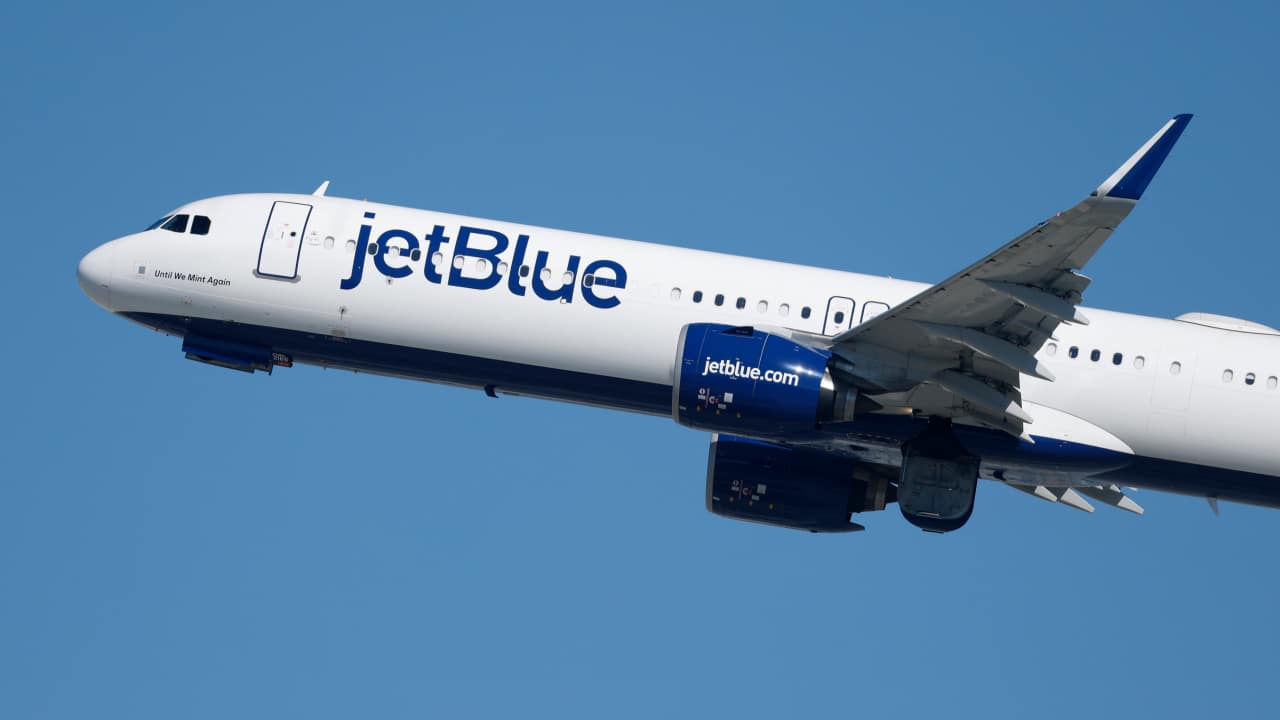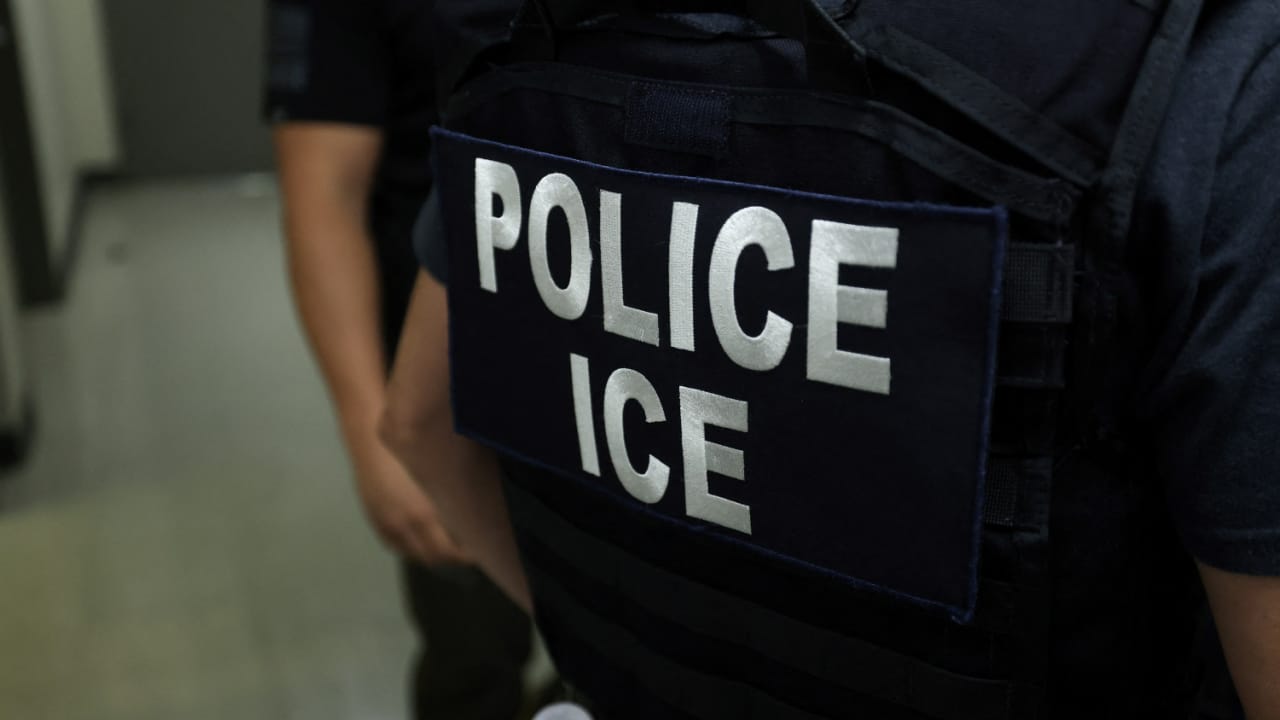Unethical Lender Navient Cancels $1.7 Billion in Student Loan Debt, Here’s What This Means for Borrowers
There’s no denying that the student loan debt crisis has become a national emergency. At time of publication, young Americans are saddled with roughly $1.8 trillion dollars in student loan debt.
And finally, after years of folks around the country crying out for help, the government is doing something about it. On Thursday, Pennsylvania Attorney General Josh Shapiro announced that Navient — formerly the largest student loan company in the U.S. — is being forced to pay a $1.85 billion settlement in response to allegations of predatory and deceptive lending behavior.
According to a settlement, joined by 39 attorneys general, Navient purposefully misled borrowers on their borrowing and repayment options in order to receive more interest from the private student loans — loans that were ultimately backed by the government.
“Navient repeatedly and deliberately put profits ahead of its borrowers,” Pennsylvania Attorney General Josh Shapiro said in a statement. “It engaged in deceptive and abusive practices, targeted students who it knew would struggle to pay loans back, and placed an unfair burden on people trying to improve their lives through education.”
Navient encouraged interest-accumulating forbearances to their borrowers as a route to debt management (as opposed to income-based repayment plans). For context, student loan forbearance is the temporary option of not making payments — a move that is widely considered unproductive, as your interest just ends up accumulating without your debt reducing. A better option is to make your payment smaller based off of your current income, i.e. income-based repayment.
Navient also appeared to target students with low credit scores or no credit (“subprime borrowers”) in order to take advantage of the sky-high interest rates (and subsequent money) of such borrowers.
“This is an enormous win for people with student debt,” said executive director of the Student Borrower Protection Center, Mike Pierce, to the The New York Times. “…we often ignore how many extremely economically vulnerable people are stuck with these private student loans that are destined to fail.”
The consequences of the student loan crisis are real and long-reaching. Especially for low-income and students of color. According to a survey conducted by the National Association of Realtors, young adults are putting off taking important life steps like buying a house or having children because they are worried about their monthly student loan payments.
And unfortunately, the situation is especially dire for Latinos. According to the Student Borrower Protection Center, 72% of Latino students take out student loans to go to college, compared to 66% of their white peers. And to make matters worse, 12 years after starting college, the median Latino borrower owes a whopping 83% of their initial loan balance. The median percent owed for the same demographic of white Americans is 65%.
And while Navient’s settlement deal is a step in the right direction, it is by no means a solution. In fact, it is hardly making a dent in the problem. In addition to loan forgiveness of 66,000 borrowers, Navient will be required to pay 350,000 borrowers $260 per person.
The settlement covers borrowers who live in 38 states and Washington, DC. The official release states, “As a result of today’s settlement, borrowers receiving private loan debt cancellation will receive a notice from Navient by July 2022, along with refunds of any payments made on the cancelled private loans after June 30, 2021. Private loan borrowers do not need to take any action to qualify for relief.”




